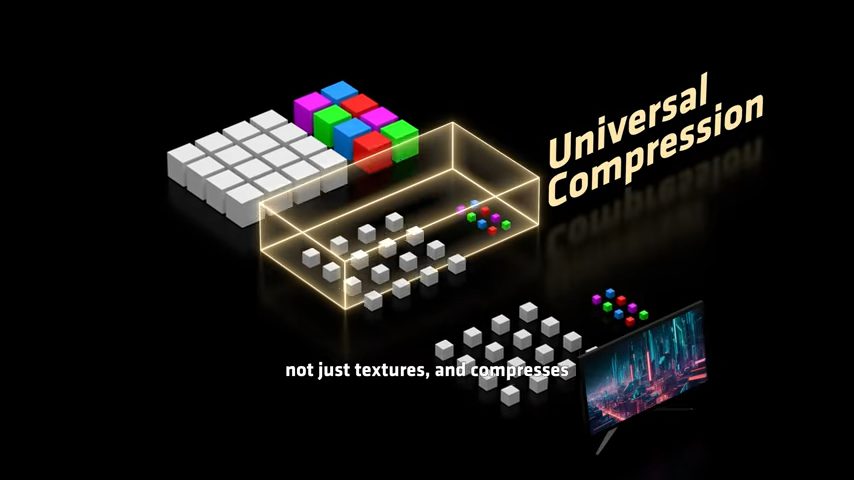Current console ray tracing feels like ordering a Ferrari with bicycle tires—impressive on paper, disappointing in practice. Your PS5 struggles to maintain 60fps the moment reflections get involved, forcing that familiar choice between pretty lighting and smooth gameplay. Sony and AMD’s Project Amethyst collaboration promises to end that compromise entirely.
Neural Arrays Make AI Upscaling Actually Work
New interconnect architecture lets GPU compute units coordinate for machine learning tasks.
Neural Arrays represent a fundamental shift in how consoles handle AI workloads. Instead of treating machine learning as an afterthought, this interconnect allows GPU compute units to work together specifically for AI tasks. Your games will benefit through improved PlayStation Spectral Super Resolution upscaling and better denoising for ray-traced scenes. Think of it like having a dedicated AI assistant that makes lower-resolution renders look genuinely sharp at 4K—no more blurry upscaled textures that fool nobody.
Radiance Cores Target Ray Tracing’s Biggest Weakness
Specialized hardware blocks handle lighting calculations without crushing general performance.
Ray tracing currently hijacks your console’s general computing power, explaining why enabling reflections tanks frame rates. Radiance Cores solve this by creating dedicated hardware specifically for ray and path tracing calculations. These cores aim to deliver realistic lighting, reflections, and shadows while freeing up regular GPU resources for other tasks. Your games could finally run ray tracing without feeling like they’re running through molasses.
Universal Compression Attacks the Memory Bottleneck
Advanced compression reduces bandwidth demands for high-resolution textures and ray tracing data.
Memory bandwidth often determines whether games hit their performance targets. Universal Compression evolves the PS5 Pro’s Delta Color Compression to squeeze more efficiency from data transfers. This matters because ray tracing and 4K textures demand massive bandwidth—compression helps the system maintain performance without requiring proportionally more memory bandwidth. The result should be consistent frame rates even during graphically intense moments.
The technologies remain in software modeling with no actual silicon produced yet, but AMD’s Jack Huynh expressed interest in bringing these advances to “every gaming platform.” That suggests your next Xbox might benefit too. If Project Amethyst delivers on its 4K-at-60fps-with-ray-tracing promise, the longstanding performance compromises that define current console gaming could become historical footnotes.





























